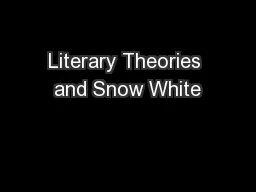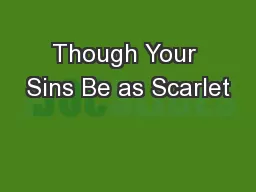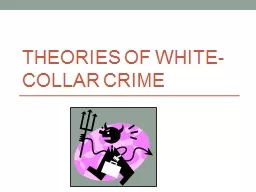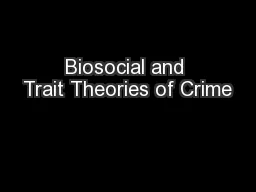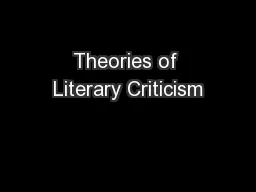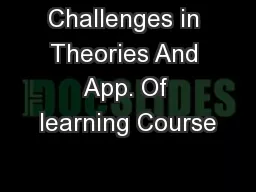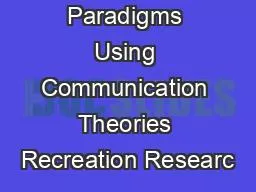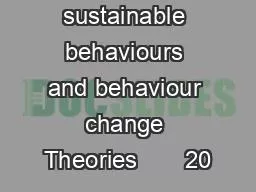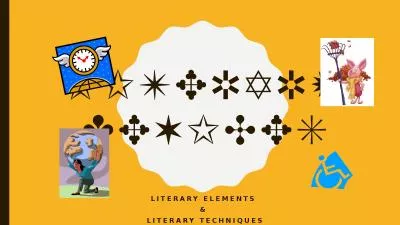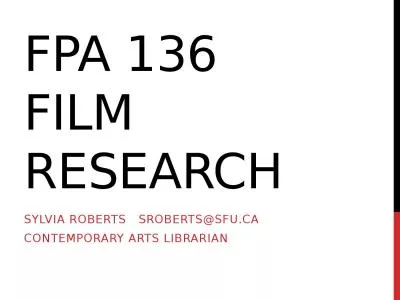PPT-Literary Theories and Snow White
Author : luanne-stotts | Published Date : 2016-10-08
Feminist Criticism Exploring womens redefinition of their identity in writing Snow Whites life with the dwarves as important to her education as a submissive female
Presentation Embed Code
Download Presentation
Download Presentation The PPT/PDF document "Literary Theories and Snow White" is the property of its rightful owner. Permission is granted to download and print the materials on this website for personal, non-commercial use only, and to display it on your personal computer provided you do not modify the materials and that you retain all copyright notices contained in the materials. By downloading content from our website, you accept the terms of this agreement.
Literary Theories and Snow White: Transcript
Download Rules Of Document
"Literary Theories and Snow White"The content belongs to its owner. You may download and print it for personal use, without modification, and keep all copyright notices. By downloading, you agree to these terms.
Related Documents

